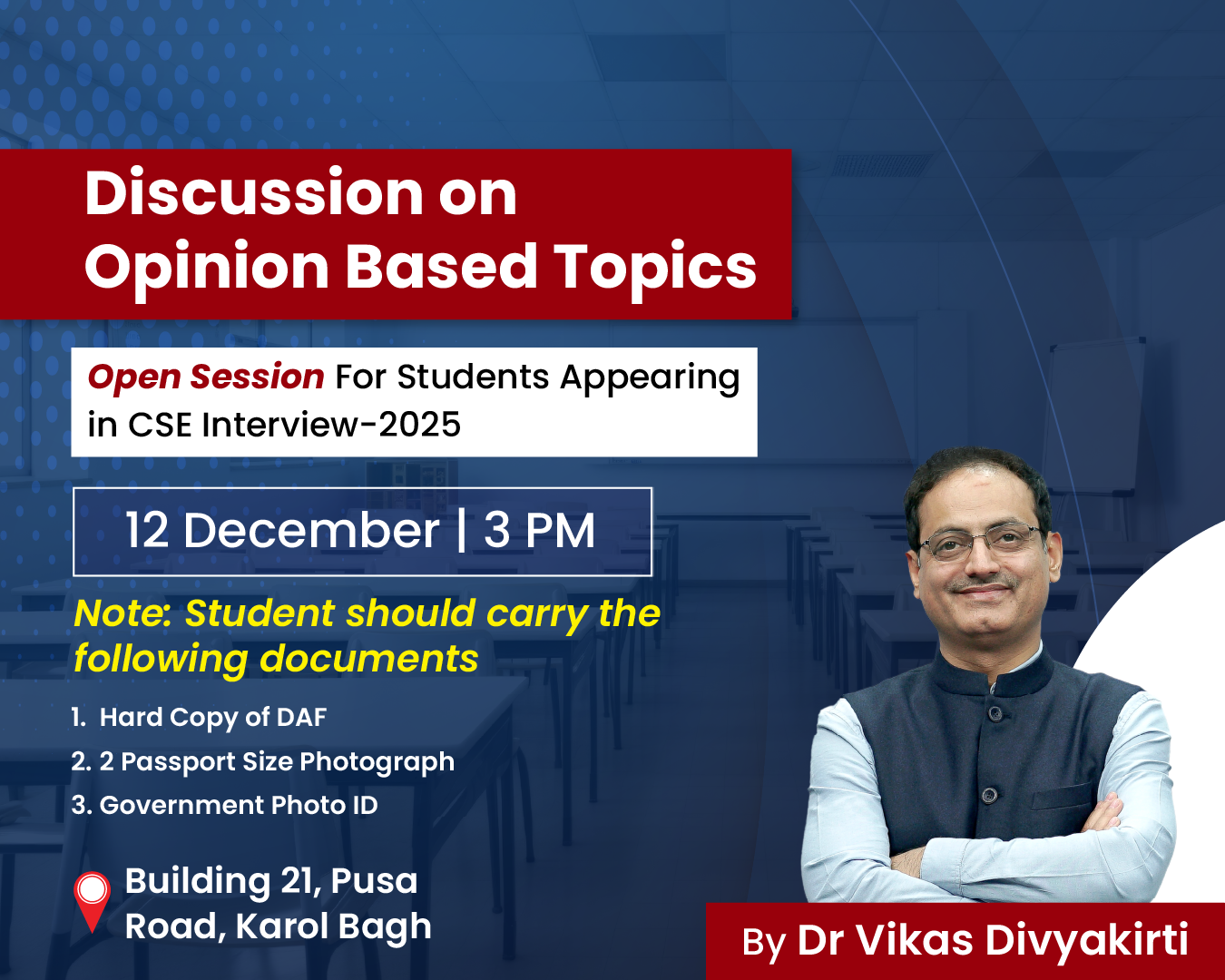-
18 Jun 2025
GS Paper 1
History
Day 3: "The Gandhian era coincided with the emergence of socialist, revolutionary, and communal streams, reflecting a shift from elite-led to mass-based politics."Evaluate the interplay of these diverse ideological influences in transforming the character of Indian nationalism. (250 words)
Approach :
- Briefly introduce the Gandhian era (roughly 1919–1948).
- Show how different ideologies emerged alongside Gandhian nationalism.
- Evaluate the interplay of these ideologies.
- Conclude by summarizing how these streams collectively transformed Indian nationalism.
Introduction:
The Gandhian era (1919–1948) marked a decisive transformation in the Indian national movement. Gandhi’s mass mobilization strategies changed the nature of nationalism from being elite-led, urban-centric, and constitutionalist to mass-based, participatory, and emotionally charged. However, alongside Gandhian nationalism, socialist, revolutionary, and communal streams also emerged, challenging, complementing, and at times opposing the dominant Congress-led narrative.
Body :
Gandhian Nationalism: From Elite-Led to Mass-Based Nationalism
- Gandhi’s arrival and the launch of the Non-Cooperation Movement (1920), however, signified a paradigm shift, engaging millions of Indians across caste, gender, and regional lines.
- Gandhi’s emphasis on non-violence, Satyagraha, Swadeshi, and spiritualized politics brought nationalism into the homes of common Indians.
- Movements like Salt Satyagraha (1930) and Quit India (1942) witnessed unprecedented participation of women, peasants, and laborers.
- Gandhi linked political freedom with social reform, including the abolition of untouchability, promotion of khadi, and rural self-reliance.
Socialist Stream: Economic Justice and Class Politics
- Influenced by global socialist thought, leaders like Jawaharlal Nehru, Subhas Chandra Bose, and later the Congress Socialist Party (1934) emphasized economic equality, land redistribution, and state-led industrialization.
- Formation of All India Kisan Sabha (1936) and AITUC empowered peasant and labor movements, often operating parallel to or within the Congress framework.
- Nehru’s speech at the Lahore Session (1929) echoed socialist ideals, advocating full independence not just politically, but economically and socially.
Revolutionary Stream: Armed Resistance and Youth Radicalism
- Disillusioned with moderate and Gandhian approaches, revolutionaries like Bhagat Singh, Chandrashekhar Azad and Ram Prasad Bismil launched militant activities under groups like the Hindustan Socialist Republican Association (HSRA).
- Bhagat Singh’s ideological shift toward Socialism and his writings (Why I am an Atheist ) emphasized the need for a social revolution, not just political swaraj.
- They saw capitalism, imperialism, feudalism, and religious orthodoxy as interconnected systems of oppression.
- They served as a public demonstration of resistance, aimed at awakening nationalist sentiments among Indian youth.
Communal Streams: Identity Politics and Partition
- The separate electorates introduced under the Morley-Minto Reforms (1909) and later the Communal Award (1932) sowed seeds of religious division.
- The Muslim League, initially moderate, gradually shifted to demand separate nationhood (Lahore Resolution, 1940) under Jinnah.
- Hindu Mahasabha also emerged with a Hindu cultural nationalism, contributing to the polarization of politics.
- Communalism, while not a dominant stream early on, shaped the final phase of the freedom movement, culminating in Partition in 1947.
Interplay and Impact of Diverse Ideologies
- These ideological streams often competed for influence, yet coexisted in complex ways.
- Revolutionary movements operated outside Congress, yet shared the goal of anti-colonial liberation.
- Collectively, they enriched Indian nationalism, making it multi-layered and more representative of India’s diversity.
- However, ideological fragmentation—especially communalism—also weakened national unity, leading to tragic consequences like Partition.
Conclusion :
As historian Sumit Sarkar notes, “The 1920s and 1930s marked the arrival of the Indian masses into politics—through Gandhi, but not Gandhi alone.” While Gandhian principles laid the foundation of ethical resistance, the socialist and revolutionary streams broadened their socio-economic vision, and even communal currents, though divisive, reflected the realities of identity-based politics.





